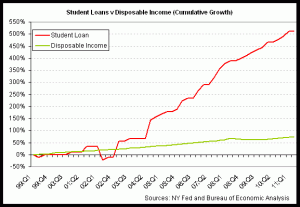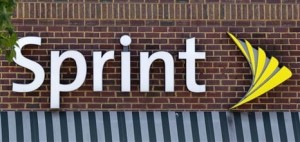 Bread, water, air, and now it seems a college education are something people can’t live without. Despite rapidly rising tuitions, a record number of Americans have decided to enroll in higher education this year. In doing so, they have amassed a record amount of debt: over $1 trillion in federal student loans remain unpaid. In an attempt to address the issue while reigniting waning support among young voters, President Obama has announced a few modifications to save graduates a few bucks, literally.
Bread, water, air, and now it seems a college education are something people can’t live without. Despite rapidly rising tuitions, a record number of Americans have decided to enroll in higher education this year. In doing so, they have amassed a record amount of debt: over $1 trillion in federal student loans remain unpaid. In an attempt to address the issue while reigniting waning support among young voters, President Obama has announced a few modifications to save graduates a few bucks, literally.
Under the plan
- – Monthly repayments will be capped at 10% of income as opposed to the current 15%
- – Student loans will be forgiven after 20 years as opposed to 25
- – Graduates with several different government loans will be able to consolidate their debt
The plan is being dismissed by some as ineffective, but is raising concern among economists who are afraid of the government moving on to forgiveness of all student debt, which would send the student loan market into chaos.
While the oil, casino, and drug industries among others are often labeled “greedy” for the profits they make, rising tuitions at both public and private institutions are rarely questioned. Whether wastefulness, slow productivity growth, or rising costs are to blame, the choice of some to college should be reevaluated as it obviously does not pay for itself a lot of the time.


